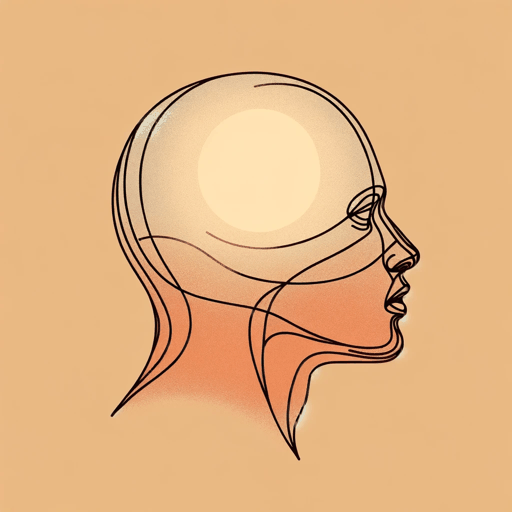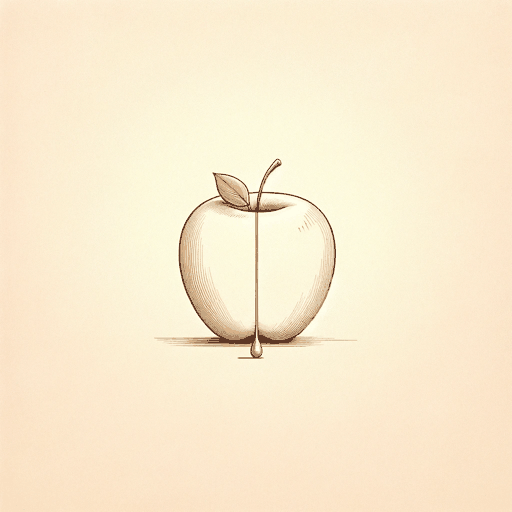18 pages • 36 minutes read
Lucille Cliftonjasper texas 1998
Fiction | Poem | Adult | Published in 1998A modern alternative to SparkNotes and CliffsNotes, SuperSummary offers high-quality Study Guides with detailed chapter summaries and analysis of major themes, characters, and more.
Symbols & Motifs
The Speaker’s Body
Clifton uses Byrd’s body to emphasize the difficulty and reality of living in a Black body. Black skin is a visible and permanent marker of difference. Here, the body is both the murderers’ justification for violence, and also the site of the violence. In addition, the destruction of the body reflects the historical destruction of Black lives and culture. We get graphic descriptions of the severed slumped head, arm, and hand, which are given the agency of action and voice.
In a crime, the body becomes an important source of evidence. The physical body is the site of forensic evidence that can help give insight into the crime. In the real-life investigation of the crime, Byrd’s body helped determine facts, such as how long Byrd survived during the lynching. But in the poem, Clifton allows Byrd’s body to testify by speaking for itself and acting as a witness to the crime. The body, whether described by forensic experts or by a poet, acts as the most important source of information about the crime.
Dirt
In the final stanza, Clifton highlights the dirt surrounding the head of the dead man. The first reference to this substance is metaphorical: “the dirt covers us all” (Line 15), the speaker says, recalling a grave—the place where a deceased is ritually interred and covered by earth as a gesture of remembrance, peace, and dignity.
Related Titles
By Lucille Clifton
Featured Collections
A Black Lives Matter Reading List
View Collection
African American Literature
View Collection
Black History Month Reads
View Collection
Books on Justice & Injustice
View Collection
Books on U.S. History
View Collection
Forgiveness
View Collection
Good & Evil
View Collection
Hate & Anger
View Collection
Mortality & Death
View Collection
Safety & Danger
View Collection
Sexual Harassment & Violence
View Collection
Short Poems
View Collection






